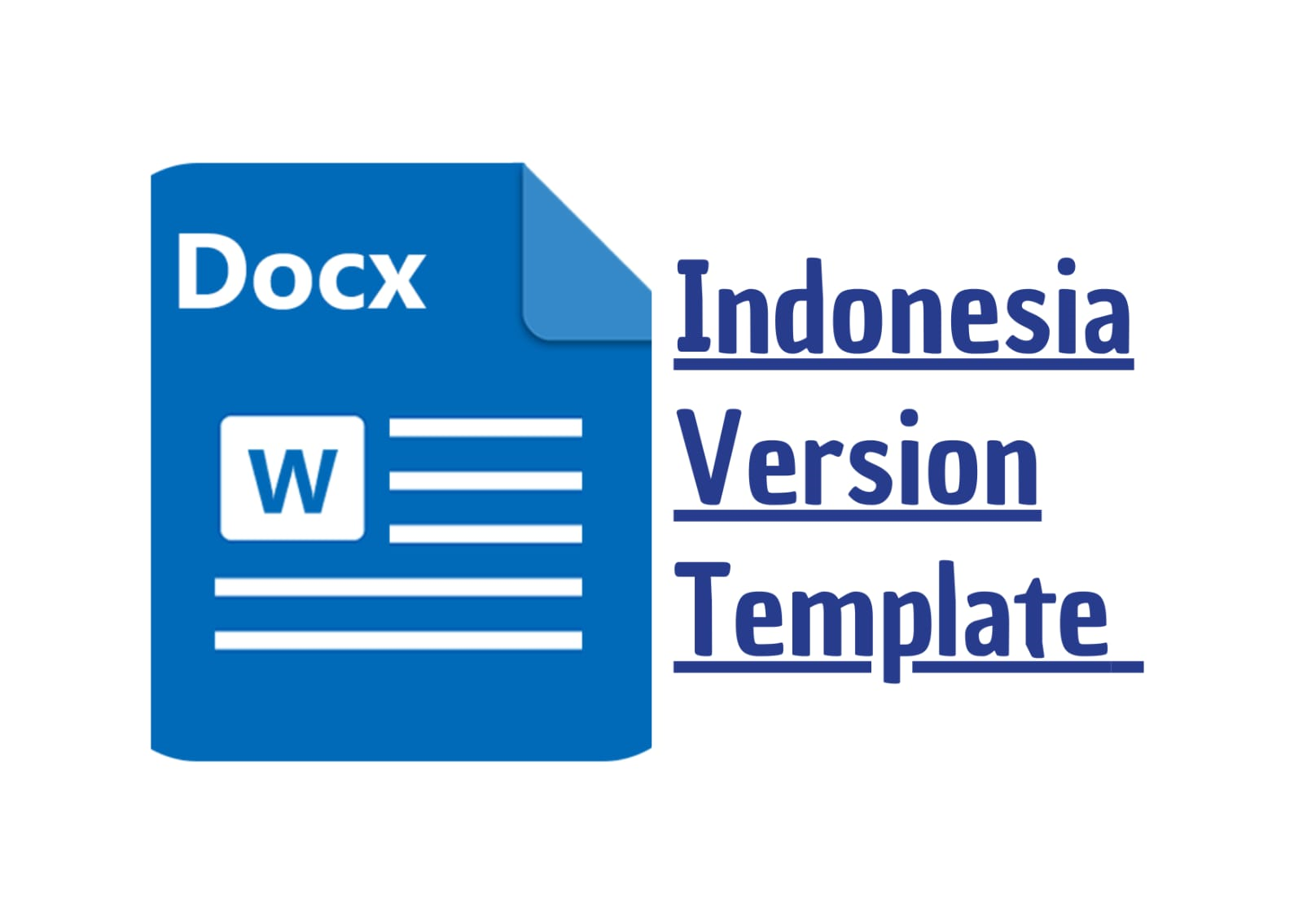Improving Students’ Pronunciation By Using Drilling Technique of Seventh Grade at SMP Tri Dharma Palembang
DOI:
https://doi.org/10.56799/jim.v1i12.1108Keywords:
Drilling Technique, Pronunciation, Quantitative ResearchAbstract
Pronunciation is one of the most prominent aspects in speaking. People must be able to pronounce words correctly in order to avoid misunderstandings while communicating what they wish to discuss. However, many students found pronunciation as one of the most difficult aspects in speaking. In this instance, the drilling technique was chosen to address the issue. Therefore, this study investigated the use of drilling technique to improve the students’ pronunciation. In this research the writer used quantitative method which focused on pre-experimental design. Convenience sampling was used in this research and paired sample t-test was used for the data analysis by using SPSS 25.0 program. The result of the test of pre-test showed that the mean of students’ score was 27.73 which 100% or 32 out of 32 students who got poor level. Meanwhile, in the post-test the students’ mean score was 75.95 which indicates that the students pronunciation improved, 5 students got very good category, 16 students got good category, 9 students got fair category and only 2 students remained in the poor category. It means that after being taught with the drilling technique, it is possible to state that there was a significant improvement toward the pronunciation of the students. Therefore, based on the results of the questionnaire, it can be concluded that the consonants segment was a difficult aspect of pronunciation for students, with 4 symbols that were the most difficult for them to pronounce coming from consonants, whereas vowels and diphthongs has 1 symbol that was the most difficult for them to pronounce. The findings revealed that teaching pronunciation by using drilling technique was effective toward students' pronunciation achievement at the seventh-grade students of SMP Tri Dharma Palembang in the academic year of 2021/2022.
Downloads
References
Aprianoto., & Haerazi. (2019). Development and assessment of an interculture-based instrument model in the teaching of speaking skills. Universal Journal of Educational Research. https://doi.org/10.13189/ujer.2019.071230.
Arikunto, S. (2014). Prosedur penelitian: Suatu pendekatan praktik. Jakarta: Rineka Cipta.
Creswell, J. W. (2012). Educational research: Planning, conducting and evaluating quantitative and qualitative research (4th Ed). Boston: Pearson.
Donald, A. (2016). Indonesian students’ difficulties in pronouncing English diphthongs. JEE (Journal of English Education), 2(2), 55-62.
Education First. (2019, December 18). Indeks kecakapan bahasa inggris EF. Retrieved from https://www.ef.co.id/epi/regions/asia/indonesia
Fraenkel, J. R., Wallen, N. E., & Hyun, H. H. (2012). How to design and evaluate research in education (8th ed.). New York: Mc Graw Hill.
Fulcher, G. (2003). Testing second language speaking. Malaysia: Pearson Education Limited.
Gay, L. R. (2012). Educational Research: Competencies for analysis and application (10th Ed). Upper Saddle River, New York: Pearson Merrill Prentice Hall.
Kowalczyk, D. (2016). Research methodologies: Quantitative, qualitative, and mixed methods. Retrieved from http://study.com/academy/lesson/research-methodologies-quantitative-qualitative-mixed-method.html
Lasabuda, N. (2017). An identification of students difficulties in pronunciation. Gorontalo. Al-Lisan. Journal Bahasa. ISSN 2442-8965 & E ISSN 2442-8973. 2 (2).
McMillan, J. H., & Schumacher, S. (2006). Research in education: Evidence-based inquiry. New York. Pearson Education, Inc.
Nation., I.S.P., & Newton. J. (2009). Teaching ESL/EFL listening and speaking. New York. Routledge.
Reed, M., & Levis, J. M. (2015). The handbook of English pronunciation: First edition. Oxford: John Wiley & Sons, Inc, 2015.
Senel, M. (2006). Suggestion for beautifying the pronunciation of EFL learners in Turkey. Journal of Language and Linguistic Studies, 2 (1), 111.
Sujarweni, V. W. (2014). SPSS untuk penelitian. Bandung. Pustaka Baru Press.
Downloads
Published
How to Cite
Issue
Section
License
Copyright (c) 2022 Gunawan Wibisana, Nike Angraini, Desi Surayatika

This work is licensed under a Creative Commons Attribution 4.0 International License.




















